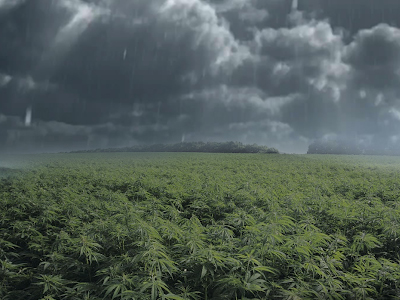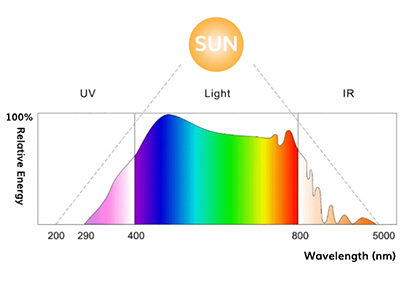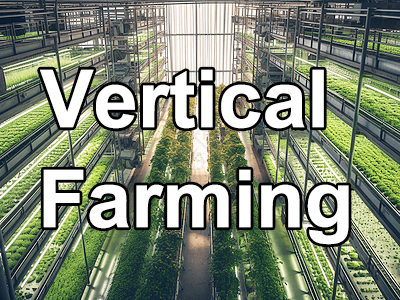Walk into any large supermarket and you will see neat rows of leafy green vegetables. They seem to be telling you: "Buy me, healthy and fresh."
But the truth behind it is that these leafy vegetables may have experienced a "luxurious journey" with sufficient light and nutrition before reaching the supermarket shelves.
For farmers who grow leafy vegetables on a large scale commercially, ensuring that each leaf receives uniform and appropriate light is a headache but also a critical challenge.
In the face of discerning consumers and growing market demand, it is obviously not enough to rely on the natural sunlight that God rewards from time to time.
This is why, an LED grow light that can provide a stable light source has become an indispensable role in this productivity competition.
Light requirement analysis of leafy vegetables
Let’s get one thing straight: Although leafy vegetables don’t complain, they do have their own “preferences.” A suitable lighting environment is like finding a suitable stage for their growth, where they can grow and develop freely. Too strong or too weak light will slow down the growth of leafy vegetables.
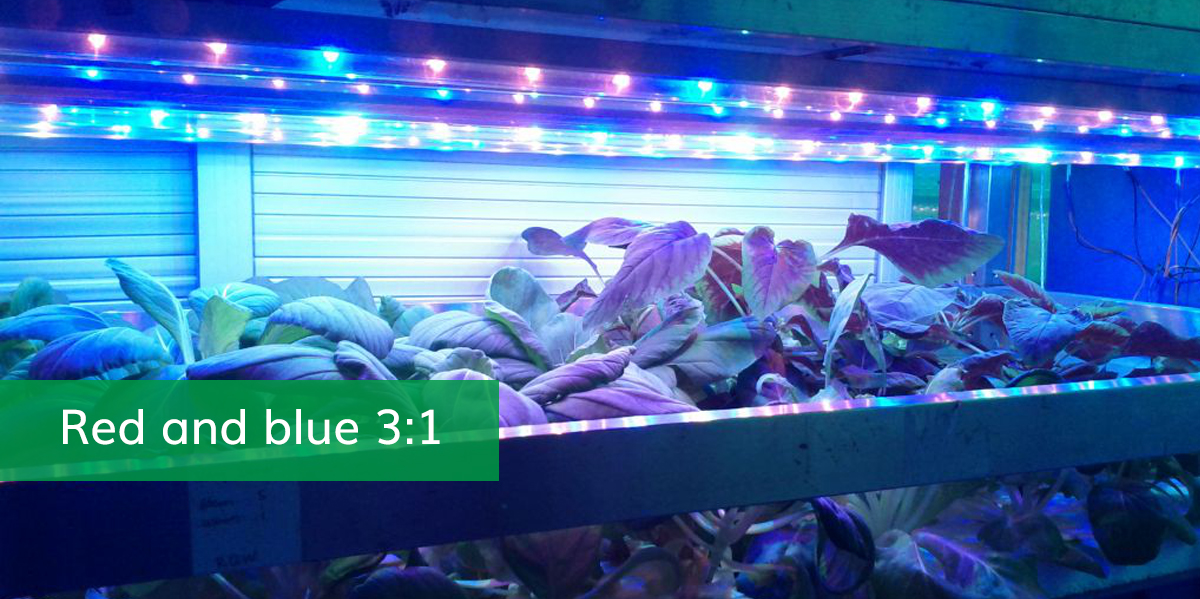
How to choose the right grow light
When choosing grow lights, we must consider the intensity, spectrum, and energy efficiency of the light.
Light Intensity and PPFD
The ideal photosynthetically active radiation density (PPFD) range for leafy vegetables is 200 to 400 μmol/m²/s. Simply put, it's like setting a comfort zone for your leafy vegetables that won't cause them to get sunburned or "light-starved."
Spectral range
Leafy vegetables have a strong craving for blue light during their growth stage, as it promotes their leaf development. At the same time, red light cannot be ignored. Although it focuses more on flowering and fruits, it is equally important for the growth of leafy vegetables.
For large-scale leafy vegetable cultivation, THEONWGROW grow lights are a choice that cannot be ignored.
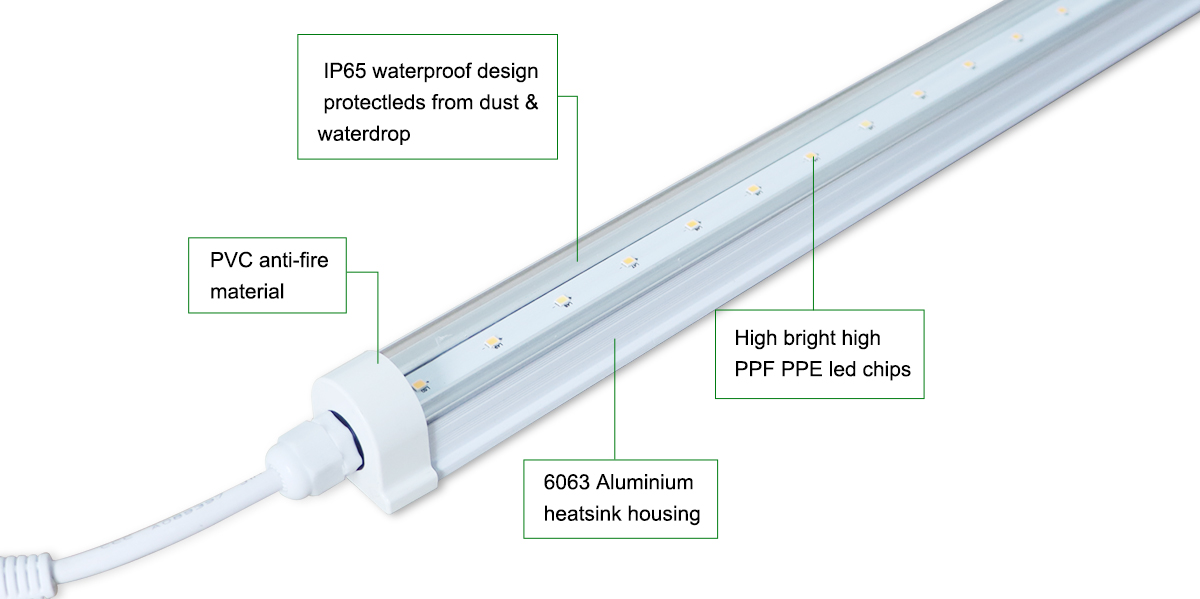
The Daisy Chain function of the Waterproof 20Watt LED Tube Grow makes it easy to manage up to 20 lamps. With the IP65 waterproof rating, it can work stably in wet or dry environments.
Safety is also a highlight of this lamp. The all-plastic surface design effectively prevents the risk of electric shock. At the same time, the length customization service it provides ensures that the lamps can be perfectly adapted to planting scenes of various sizes.
The most important thing is that THEONWGROW lamps use a professional spectrum designed specifically for leafy vegetables, coupled with the efficient heat dissipation of aluminum alloy materials, ensuring that plants can grow in the best environment. Together, these properties make THEONWGROW ideal for optimizing the growing process of leafy vegetables.
If the questions surrounding how to choose and use grow lights give you a headache, or if you want to further refine your leafy vegetable growing skills, feel free to contact us. We provide not only information and guidance, but the confidence that your crops will thrive.





















